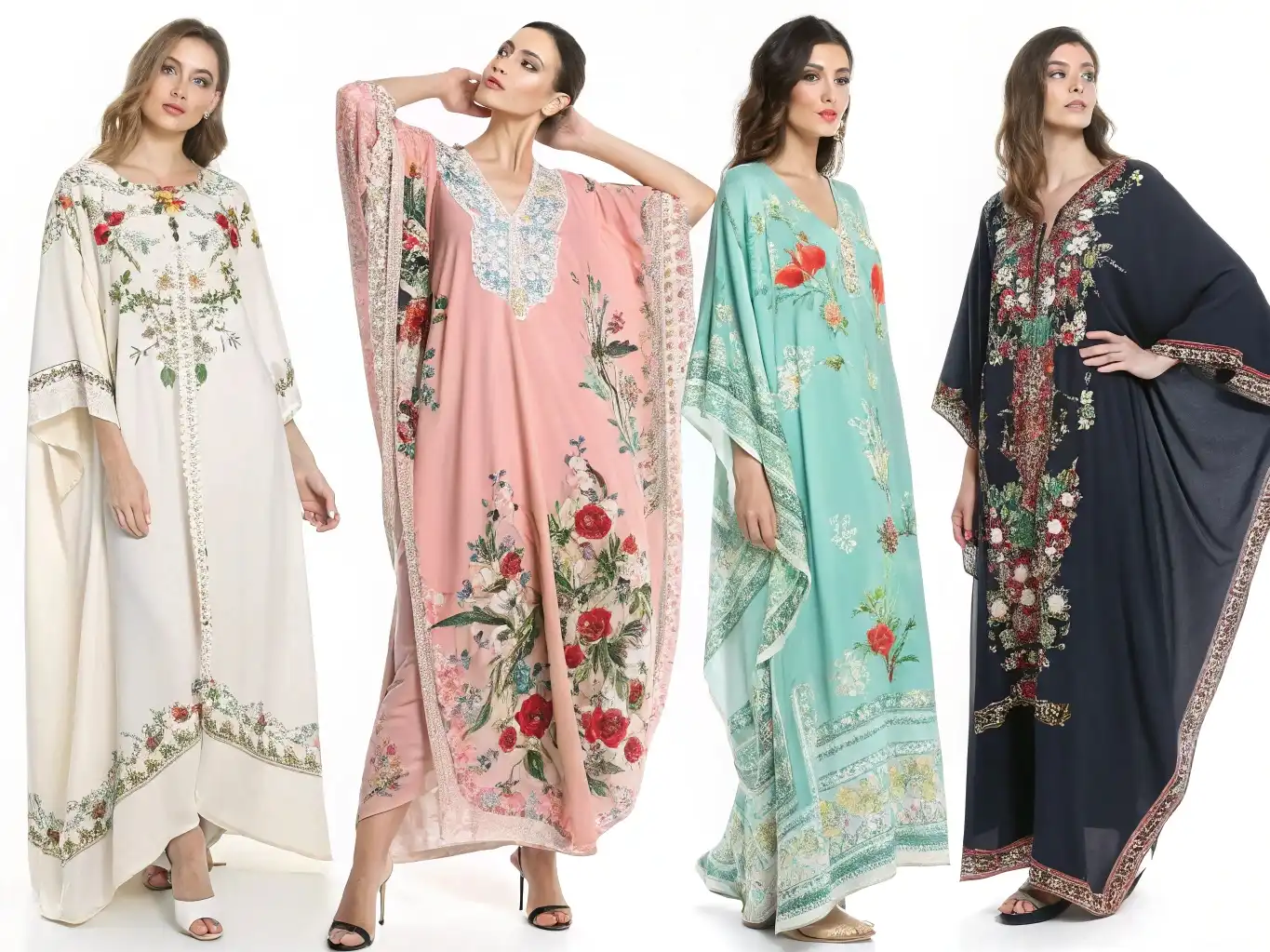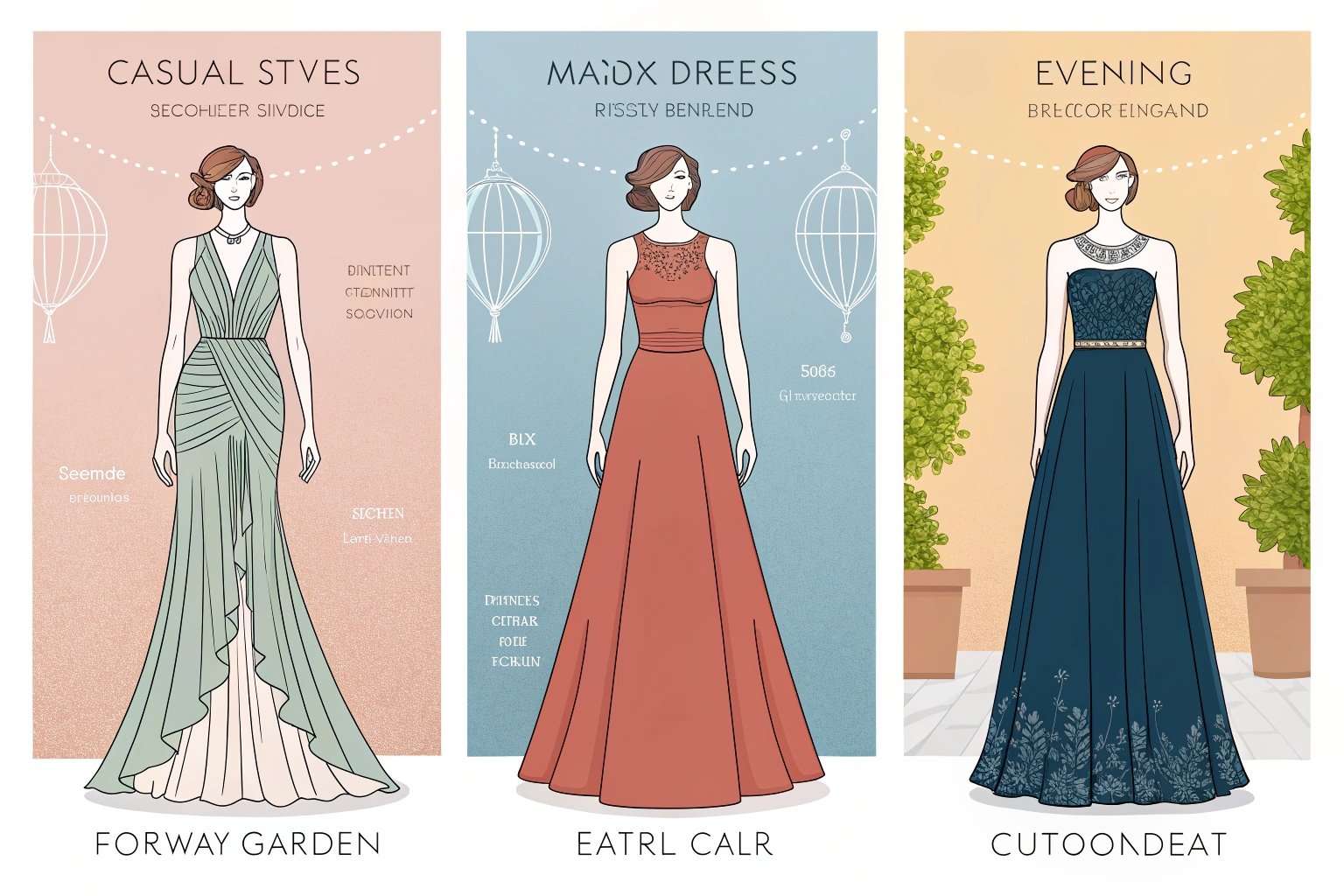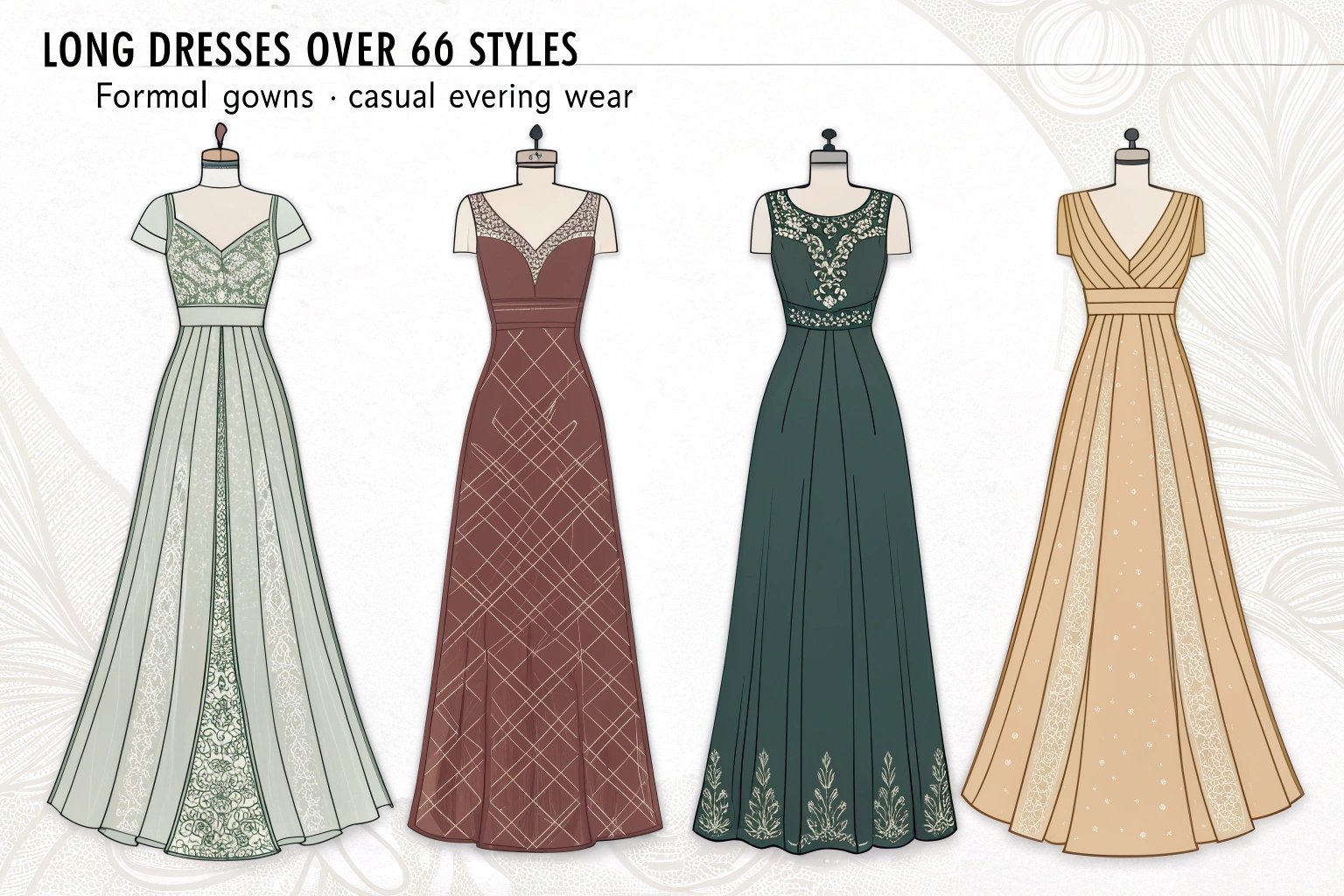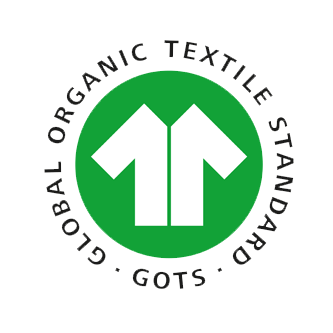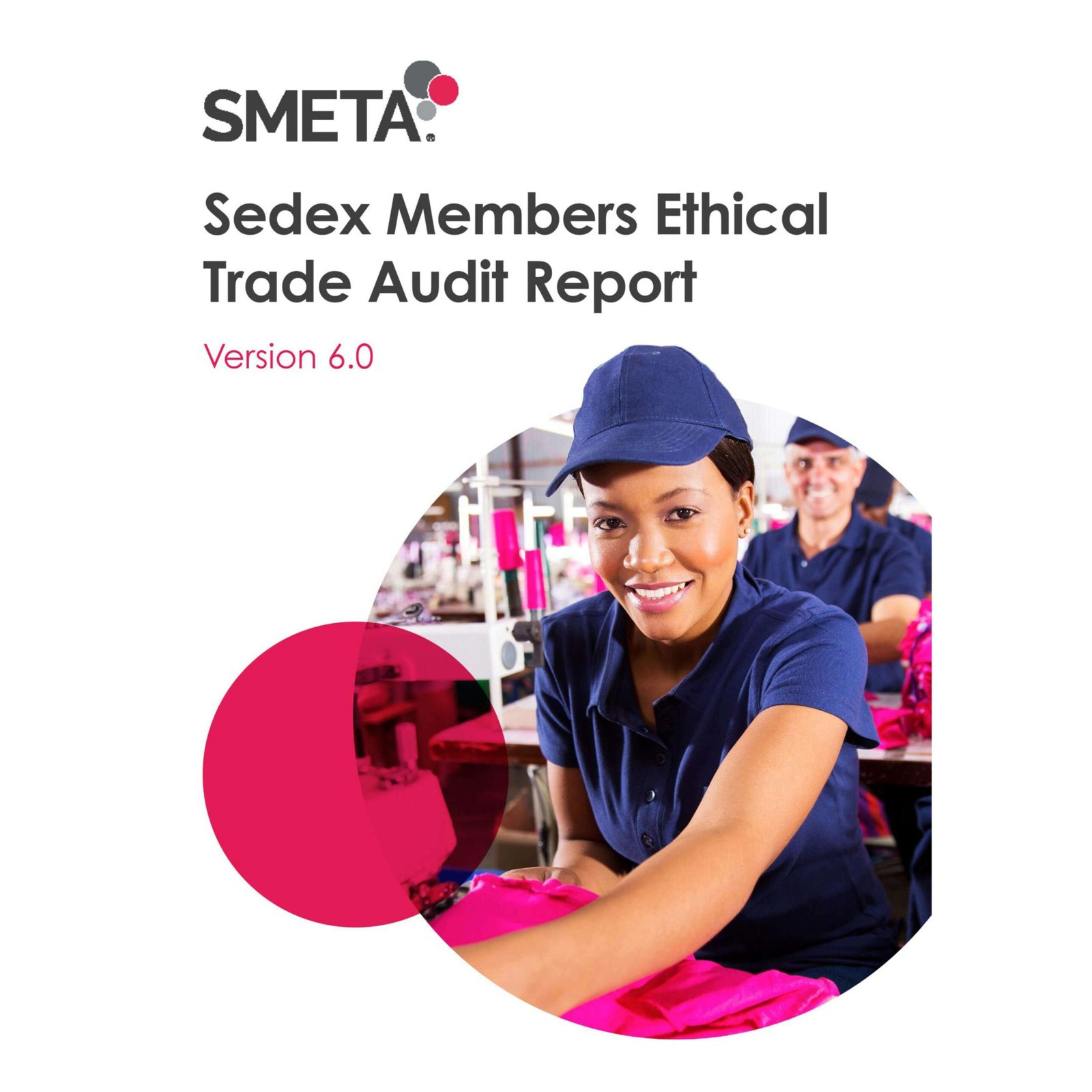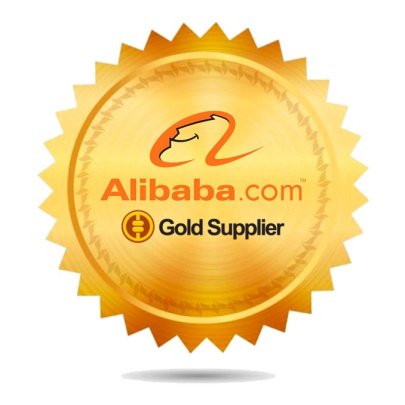Choosing the right manufacturing model for your clothing line is one of the most critical decisions you’ll make as a fashion entrepreneur. Two of the most commonly discussed models are OEM (Original Equipment Manufacturer)1 and ODM (Original Design Manufacturer)2. These terms are often used interchangeably, but they have distinct differences that can significantly impact your business operations.
OEM and ODM offer different levels of involvement in product creation, control over design, and cost structure3. Understanding the core distinctions between them will help you make a more informed decision about which model best suits your clothing brand’s needs.
Let’s break down the differences, advantages, and when each model might be right for your fashion brand.
What Are OEM and ODM Manufacturers in Clothing?
In clothing manufacturing, OEM and ODM refer to different types of manufacturing models that describe how products are designed and produced.
What does OEM (Original Equipment Manufacturer) mean in the clothing industry?
OEM (Original Equipment Manufacturer) in the clothing industry refers to a manufacturer who produces garments based on the designs and specifications you provide. With OEM, the brand is responsible for designing the products (including patterns, fabric selection, measurements, and styles), while the manufacturer simply follows these specifications to produce the finished products.
- OEM’s Role: The manufacturer is responsible for producing the product according to your designs and instructions, with no input into the design process.
- Your Role: You control the entire creative process, from design to sourcing materials.
What does ODM (Original Design Manufacturer) mean and how does it work in clothing manufacturing?
ODM (Original Design Manufacturer), on the other hand, refers to a manufacturer that creates and designs the products themselves. ODM manufacturers provide pre-designed items that can be customized with your brand’s logo, color schemes, and minor design alterations. You select from existing designs created by the manufacturer and have the ability to brand them as your own.
- ODM’s Role: The manufacturer creates and designs the clothing, offering ready-made products that can be customized to a certain degree.
- Your Role: You handle branding4, packaging, and possibly slight alterations (such as color, fabric, or logo placement).
How Do OEM and ODM Manufacturing Processes Differ in the Clothing Industry?
Understanding the manufacturing process for both OEM and ODM is key to determining which model best fits your brand’s needs.
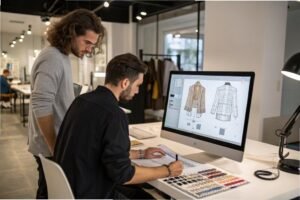
What are the key differences in design ownership between OEM and ODM?
-
OEM (Original Equipment Manufacturer): You own the design and fully control the creative process. You decide on every aspect of the garment, including fabric, fit, color, and branding. The manufacturer’s role is to simply follow your blueprint and create the product to your specifications.
-
ODM (Original Design Manufacturer): The manufacturer owns the design and provides you with pre-designed products. You can customize the products by adding your logo, adjusting colors, or making small changes. The design is largely set, and your involvement is more about personalization and branding.
How does the production process vary for OEM vs. ODM manufacturers?
| Factor | OEM (Original Equipment Manufacturer) | ODM (Original Design Manufacturer) |
|---|---|---|
| Design Control | Full creative control by the brand | Manufacturer owns the design; limited customization |
| Customization | Full customization of product details | Limited to minor customizations (logo, colors) |
| Production | Follows exact instructions; full control | Uses pre-designed templates with customization options |
| Lead Time | Longer lead times due to design and prototyping | Shorter lead times, as designs are pre-made |
| Cost | Typically higher due to custom design work | Lower cost due to shared designs and templates |
In OEM manufacturing, you have more freedom and control over the product, but it comes with a longer production timeline and higher costs. In ODM manufacturing, the process is faster and more cost-effective, but with some limitations on customization.

Which Is Better for Your Clothing Brand – OEM or ODM Manufacturer?
Choosing between OEM and ODM largely depends on your brand’s goals, budget, and desired level of control over product design.
What are the advantages of choosing an OEM clothing manufacturer for your brand?
- Full Control Over Design: With OEM, you have complete control over the design process, from fabric selection to fit and detailing. This is ideal if your brand’s identity revolves around unique, custom products.
- Exclusive Products: OEM manufacturing allows you to create exclusive garments that no other brand will have. This can give your brand a significant edge in a competitive market.
- Higher Quality Control: Since you are overseeing every aspect of the product’s design and production, you can ensure the highest quality materials and craftsmanship.
How does working with an ODM clothing manufacturer help streamline your fashion business?
- Faster Time to Market: With ODM, you’re not starting from scratch. The design process is already done, and the products are ready to be customized and branded. This leads to quicker production times and faster entry into the market.
- Lower Initial Investment: Since the design work is already completed, the costs associated with developing a product are significantly lower, making it more affordable for startups and smaller brands.
- Minimal Design Effort: ODM allows you to focus on branding, marketing, and distribution, rather than investing heavily in the design phase. This can be especially beneficial for brands with limited resources or experience in garment design.
How ODM Clothing Manufacturers Add Value to Fashion Startups
For many fashion startups, ODM can be the perfect choice to quickly launch a brand with minimal risk and cost.
Why do startups often prefer ODM manufacturers over OEM for quicker market entry?
- Pre-Designed Collections: Startups can immediately choose from a range of pre-designed styles that are ready for branding, without having to spend time or money on design and prototyping.
- Lower Risk: The pre-designed products from ODM manufacturers have already been market-tested to some extent, reducing the risk of launching a product that might not sell well.
- Quick Turnaround: With the design already in place, ODM allows for quicker production, so your product can be on shelves much faster, especially crucial for trend-driven fashion brands.
What benefits do ODM manufacturers offer in terms of cost-efficiency and design flexibility?
- Cost-Efficiency: By using existing designs, ODM manufacturers allow brands to avoid the high costs associated with custom designs. Instead, brands can focus on marketing and distribution.
- Design Flexibility: Although you are limited to the manufacturer’s designs, most ODM manufacturers allow for minor customizations such as fabric changes, color choices, and logo placement, giving you some flexibility while still keeping costs low.

How to Choose the Right Manufacturing Model for Your Clothing Line: OEM vs. ODM
When selecting the right manufacturing model for your clothing brand, you should consider your long-term goals, budget, and the level of control you want over your designs.
What factors should you consider when deciding between OEM and ODM clothing manufacturers?
- Control Over Design: If you need full control over product design and want to create something completely unique, OEM is the better choice.
- Time to Market: If you’re looking for a quicker path to market and don’t have the resources for extensive design development, ODM can help you get products on shelves faster.
- Budget: For brands with limited budgets or startups, ODM is more cost-effective, as you can skip the design phase and focus on branding.
- Brand Vision: Consider whether your brand’s vision revolves around exclusivity and uniqueness (OEM) or if you’re focusing on speed and cost-efficiency (ODM).
How to align your brand goals with the right manufacturer to ensure the best fit?
- Brand Identity: If your brand identity is built on unique, customized products that differentiate you from the competition, OEM is likely the best fit.
- Growth Strategy: For rapid growth or seasonal trends, ODM may be the right approach, as it allows you to scale quickly without heavy investments in design.
- Market Positioning: Consider whether you want to position your brand as a premium, exclusive line (OEM) or a trendy, affordable option (ODM).
Conclusion
Choosing between OEM and ODM manufacturing depends on your clothing brand’s needs, budget, and long-term goals. OEM gives you complete control over your designs and higher exclusivity, while ODM offers a faster, cost-effective route to market with proven, customizable designs. By carefully considering your brand’s vision and market positioning, you can select the manufacturing model that best suits your business.
-
Explore this link to understand how OEM can provide full control over your clothing designs. ↩
-
Learn about ODM and how it can streamline your fashion business with pre-designed products. ↩
-
Explore the cost implications of each model to align with your budget. ↩
-
Learn how ODM allows you to focus on branding while minimizing design efforts. ↩


